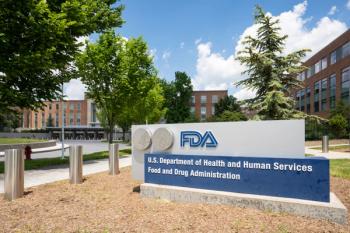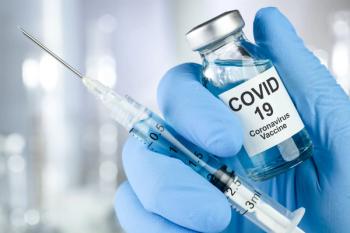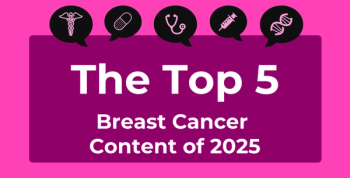
Dr Kashyap Patel Highlights How the Pandemic Influenced Utilization of Pegfilgrastim Biosimilars
Reducing the risks of secondary neutropenia, exposure to COVID-19, mortality, and financial toxicity were all major reasons the use of pegfilgrastim biosimilar gained traction during the pandemic, said Kashyap Patel, MD, CEO of Carolina Blood and Cancer Care.
Reducing the risks of secondary neutropenic, exposure to COVID-19, mortality, and financial toxicity were all major reasons the use of pegfilgrastim biosimilar gained traction during the pandemic, said Kashyap Patel, MD, CEO of Carolina Blood and Cancer Care.
How has the pandemic impacted the utilization of pegfilgrastim products, especially biosimilars?
Pegfilgrastim, we have adopted quite a significant uptake primarily because many patients who are at risk of intermediate-grade neutropenia, particularly from the regimens that are classified as kind of intermediate risk, not high risk, up until spring 2020, the guidelines said that you could use it, preferably for the secondary prophylaxis. But with the pandemic hitting on expecting patients to remain immunocompromised, and bringing them on daily for growth factors would add the risk of both COVID-19 as well as them getting exposed to high-risk cancer or a high risk of neutropenia. They are at high risk for COVID-19, and immunocompromised patients, as we all know now, even with the vaccine studies, they lose their immunity so quickly. So, we have increased the use; we have some unfortunate payers who really kind of put a lot of pushback and they said the national guidelines don't recommend that for the intermediate-risk category of chemotherapy combinations. And then, we had to show them that the guidelines have been updated for the pandemic time and we are still going through the pandemic and I'm just hearing that many employers are kind of pushing back in-person office visits to 2022. So, I think we have adopted, quite a lot, the use of pegfilgrastim biosimilars for multiple reasons.
The last thing is, COVID-19 also has impacted the economy, particularly the most vulnerable, marginalized patients that we serve in rural America, where the financial toxicity could be a much higher risk factor. So, using biosimilar products over the conventional reference product saves the out-of-pocket costs almost by about 40%, particularly those who are Medicare beneficiaries but do not have Medigap insurance. So, for all the reasons beginning from reducing the risk of secondary neutropenic fever and sepsis, reducing the risk of exposure to COVID-19, reducing risk of mortality, and reducing risk of financial toxicity, we have aggressively adopted the biosimilar pegfilgrastim in our patient population.
Newsletter
Stay ahead of policy, cost, and value—subscribe to AJMC for expert insights at the intersection of clinical care and health economics.









































